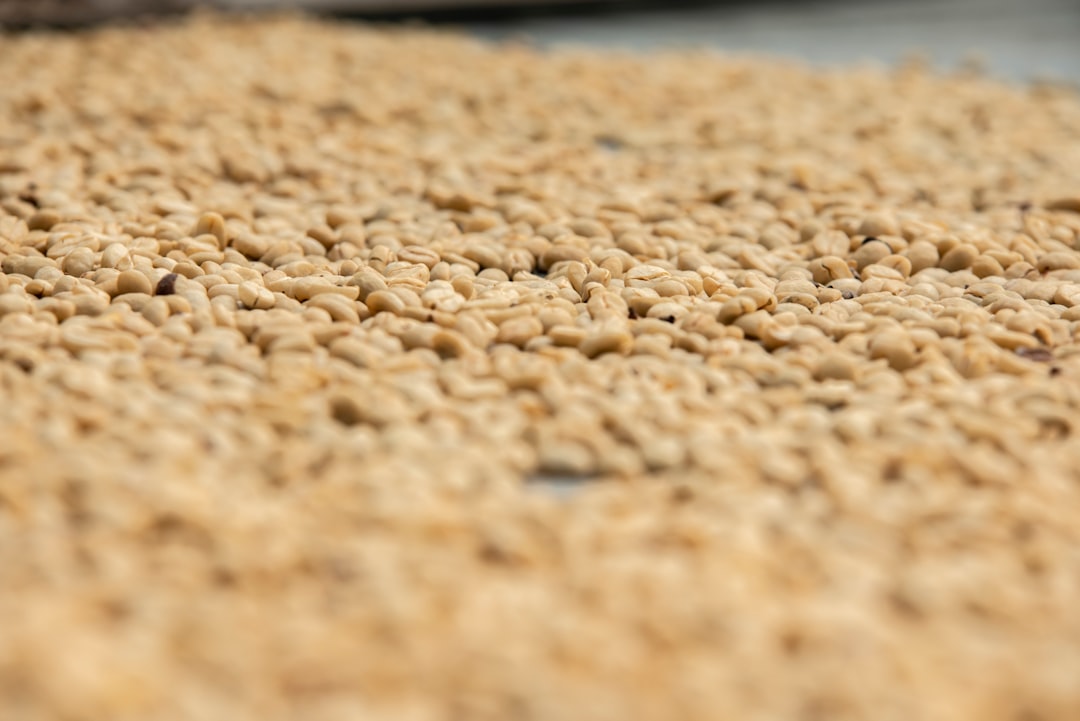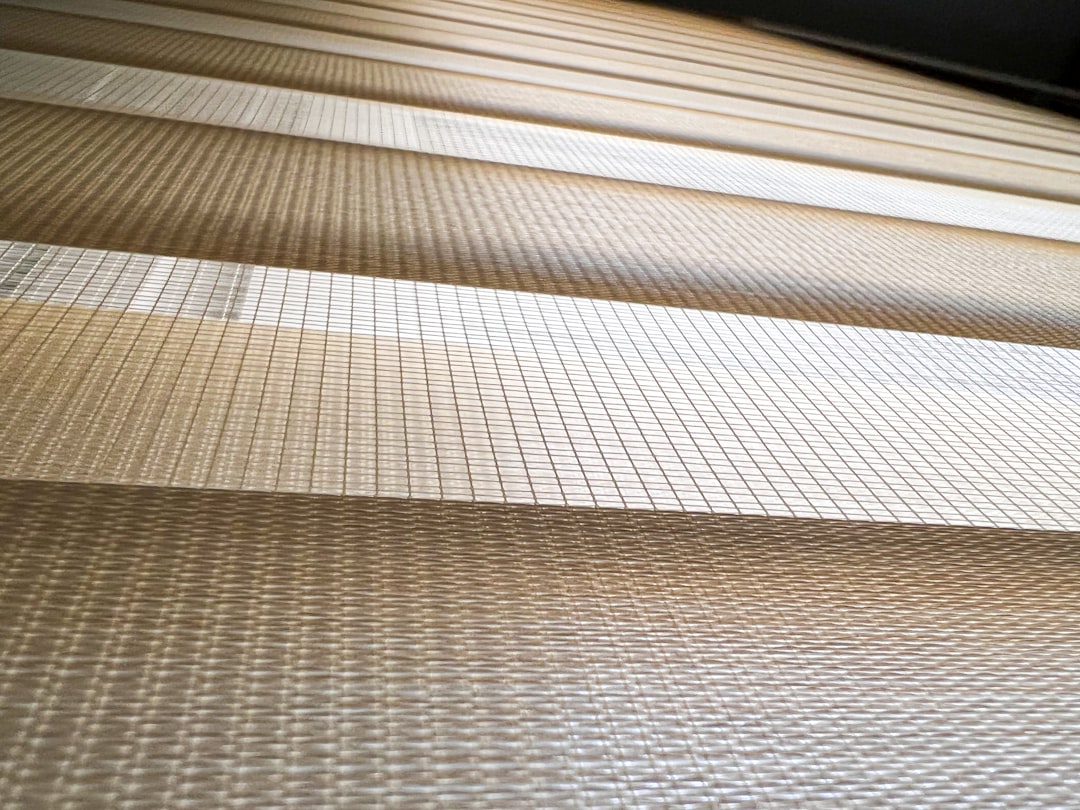

Engage prospects with a scan and streamline customer engagement with FREE QR code marketing tools by Sona – no strings attached!
Create a Free QR CodeFree consultation

No commitment

Engage prospects with a scan and streamline customer engagement with FREE QR code marketing tools by Sona – no strings attached!
Create a Free QR CodeFree consultation

No commitment
QR codes have evolved from a novelty to a strategic powerhouse for carpet layer supply companies, bridging offline engagement with online action. They provide an efficient and frictionless way to boost customer engagement, connect with installers and contractors, and streamline inventory or service requests without requiring an app download or complex setup. As competition for visibility and value intensifies, mastering QR technology helps companies stand out and drive demand.
Carpet supply professionals often contend with analog workflows, fragmented sales touchpoints, and the growing need for measurable ROI in both retail and B2B environments. High-value opportunities are often lost when customer interactions go untracked, particularly when potential leads do not fill out forms or share their intent. QR code solutions help resolve these issues by directly linking physical assets such as sample swatches, invoices, or showroom signage to digital destinations that inform, convert, and nurture clients more efficiently.
Strategically deploying QR campaigns allows carpet layer supply companies to capture actionable data, enhance showroom experiences, support sustainability goals, and create new avenues for effective retargeting. This guide demonstrates how QR codes help address missed opportunities, streamline lead capture, and convert engagement signals into revenue-driving action across the carpet supply sector.

Delivering seamless access means removing friction wherever prospects and customers interact with your brand. In carpet layer supply, the most common friction points include printed materials that go out of date, manual request forms that delay follow-up, and analog processes that hide interest signals from sales teams. QR codes solve these challenges by turning every physical touchpoint into a fast digital entry point that works on any smartphone.
When executed with clear goals and careful placement, QR codes can reduce drop-off, accelerate decision-making, and make every in-store or in-field encounter measurable. The result is a connected experience for installers, contractors, designers, and homeowners that shortens the path from curiosity to conversion. Here is how to implement QR codes strategically for maximum impact.
Newer QR solutions centralize asset management, support dynamic content updates, and enable scan attribution. With tools such as Sona QR, teams can update destination URLs post-print, segment audiences by scan behavior, and sync engagement data to CRM and ad platforms. This shift addresses the chronic issue of delayed or missed engagement, turning each scan into a valuable signal for growth.
Carpet layer supply companies often struggle to convert offline interest into digital momentum. Visitors handle samples, flip through binders, or talk with staff, yet their intent rarely enters the marketing or sales tech stack unless they submit a form or make direct contact. The result is missed revenue and slow pipeline movement when the timing of follow-up matters most.
QR codes replace these blind spots with measurable, actionable touchpoints. By connecting print to digital content during the critical moments of consideration and decision, they reduce friction and create a seamless path to next steps. Whether the goal is to educate buyers on material specs, book an installation, or register a warranty, QR codes make it easy to act immediately.
Common implementation scenarios include sample book labels, sustainability and compliance stickers, warranty cards, direct mail for new collections, and showroom signage that links to calculators or financing information. In each case, QR codes shift interactions from static to dynamic while capturing the data needed to refine strategy.

Different goals require different QR formats. Carpet layer supply companies can mix and match formats to match the context of each touchpoint, from sales consultations to deliveries and post-install support. The right format ensures a smooth handoff to the next action while keeping tracking intact.
Start with a clear plan for your destination pages. Scanners should land on mobile-friendly experiences that match their intent, such as product specification pages, pricing calculators, or one-tap booking forms. Below are the formats most commonly used in this vertical.
Dynamic QR codes are especially valuable in multi-stage campaigns and environments where content updates are frequent. With a platform such as Sona QR, you can manage formats centrally, swap destinations without reprinting, and maintain full attribution across assets.

Growth comes from placing QR codes at the intersections of curiosity and decision. In carpet layer supply, those intersections exist both in-store and in the field. Focus on the touchpoints that capture high intent and suffer from analog bottlenecks, like product education during showroom visits or reorders after installation.
Before deploying widely, audit the physical journey. Map how customers discover products, compare options, and move toward purchase. Identify the points at which they need more information, want to book time with an expert, or plan their installation. These moments are ideal for QR-led microjourneys.
Prioritize the areas where analog processes cause drop-off. Then test messaging, design, and placement to find the combination that drives the most scans, submissions, and bookings.

The strongest QR use cases are the ones that replace friction with clarity and speed. In carpet layer supply, buyers often need technical information, pricing guidance, and scheduling convenience. QR codes address all three while feeding your data pipelines.
Start by linking each use case to a measurable outcome. Define what success looks like before you print a single code, then design destinations that are laser focused on that outcome. The following use cases deliver consistent impact across retail, commercial, and contractor channels.
These use cases transform manual workflows into always-on, measurable interactions. Over time, the data generated by scans will identify your highest intent products, audiences, and placements, allowing you to optimize inventory, staffing, and marketing spend.
Every QR scan is a data point. It tells you who engaged, where, when, and with what content. By deploying unique codes across materials, you can segment audiences based on real behavior and deliver follow-up that matches their intent. This is especially powerful in carpet supply, where showroom visits and sample interactions rarely translate into digital profiles without a nudge.
Build your audience strategy around buying stage segmentation, product categories, and buyer roles. Distinguish homeowners from installers, designers from procurement managers, and new prospects from returning customers. With that framework, let scans populate segments automatically.
With Sona QR, each code becomes a smart entry point. The platform can append attributes such as campaign source and physical placement, then sync audiences to your systems so you retarget based on actual engagement rather than assumptions.
QR codes amplify the performance of every channel by making offline media interactive and measurable. For carpet layer supply companies, that means every swatch, brochure, invoice, and display can become a trackable gateway to digital content and conversions. The biggest wins come when codes are consistent in design and calls to action across channels, so customers recognize and trust the scan experience.
Integrate QR codes into the campaigns you already run. Align each code with a specific goal like booking installations, seeing pricing, or requesting samples. Use consistent UTM parameters to attribute traffic and conversions to the right source and creative.
QR codes serve as the offline onramp to your digital marketing engine. With a centralized platform like Sona QR, you can manage all codes, monitor performance in real time, and sync scan activity to your CRM and ad platforms for closed-loop measurement.
The strongest QR campaigns start with a focused objective and end with measurable outcomes. Use this checklist to plan, launch, and optimize QR initiatives that drive real results for your carpet layer supply business. Begin with a clear hypothesis, test in high-traffic locations, and iterate based on what the data tells you.
Before you deploy, confirm that landing pages are mobile friendly, load quickly on cellular networks, and match the copy near the code. Clarity builds trust and increases conversion.
Define a concrete goal that directly supports revenue or customer experience. In carpet layer supply, high-impact goals include showroom appointment booking, contractor partner sign-ups, bulk order inquiries, and warranty registration.
Choose the right code format based on whether you need flexibility and tracking. Static codes are fine for permanent destinations, while dynamic codes support changes and analytics without reprinting.
Good design increases scan rates and trust. Make the code visible, clearly labeled, and consistent with your brand. Testing across devices and conditions is essential before wide release.
Place codes where attention is high and decisions are made. Alignment with buyer behavior and scanning context will increase conversion and the quality of the data you collect.
Measure performance from scan to outcome. Use analytics to identify which creative, placements, and offers perform best, then iterate quickly.
A short pilot across two or three placements can validate your approach before a broader rollout. Once you see where scans and conversions cluster, double down on those placements and retire underperforming ones.
Measurement blind spots make it difficult to prove the impact of print and events. With QR codes, every scan can be tied to a specific asset, location, and message, then connected to downstream actions such as form fills, bookings, and purchases. This closed-loop visibility enables better budget allocation and smarter creative decisions.
Modern QR platforms translate raw scans into revenue insights. By unifying data across showroom displays, direct mail, trade shows, and packaging, you can trace how interest flows through the funnel and where prospects stall. This is the foundation for continuous improvement and stronger ROI.
Sona QR captures scan-level data in real time, and Sona.com extends it with account identification and multi-touch attribution. Together they link offline engagement to revenue outcomes, transforming QR from a convenience feature into a core component of performance marketing.
Sustained success with QR codes requires operational consistency, staff buy-in, and a culture of measurement. Every team that touches the customer experience can help, from showroom associates to delivery drivers and event staff. When everyone understands the value of scanning and the next steps, scan rates rise and conversion improves.
Keep your program lightweight at the start, then scale what works. Standardize code design, consistent CTAs, and analytics conventions so data is comparable across campaigns and time periods.
By combining thoughtful placement, disciplined measurement, and proactive staff engagement, you will convert more in-person interest into digital momentum and long-term loyalty.

Real-world outcomes illustrate how QR campaigns translate into measurable gains. Whether your focus is retail foot traffic, contractor engagement, or regional expansion, the mechanics are similar. You meet attention where it occurs, you remove steps, and you make results trackable.
Consider these examples as inspiration for your next deployment. Each pairs a specific placement with a clear destination and a success metric you can replicate.
Each example underscores the same principle. QR codes convert attention into action, then translate that action into clean data that informs your next investment.
Turning QR from a test into a transformation requires attention to details that influence scan rates and conversion. Small choices about code size, placement, and promise can make a noticeable difference in performance. Equally important is the discipline to review results and make changes quickly.
Avoid assumptions. Monitor how customers actually interact with your materials. If a code on a busy display underperforms, test a larger size, stronger CTA, or a new destination such as a short video rather than a text-heavy page.
QR codes have become a critical component of digital transformation for carpet layer supply companies. They close gaps between physical discovery and digital decision-making, provide instant access to information, and convert anonymous interest into known demand signals. Embedded thoughtfully across operations, QR codes help teams move faster and serve customers better.
Successful companies use QR technology to identify high-value prospects, deliver transparent sustainability information, and launch personalized retargeting while attribution runs in the background. These improvements create a more connected, data-driven, and customer-focused sales process.
A centralized approach supported by a platform like Sona QR gives carpet supply organizations the power to capture new demand, create memorable experiences, and drive measurable gains in revenue and efficiency. Start small with a few strategic placements, learn from the data, and scale what works to future-proof your business for a changing market. Start creating QR codes for free.
QR codes have transformed carpet layer supply companies from simple product providers into interactive, customer-centric hubs. By enabling instant access to product details, installation guides, and exclusive offers, QR codes help streamline ordering processes, enhance customer support, and drive higher sales conversion rates. Imagine your clients scanning a code on packaging or signage and immediately receiving tailored solutions that simplify their projects and boost satisfaction.
With Sona QR, you can create dynamic, trackable QR codes in seconds, update content on the fly without costly reprints, and link every scan to actionable business insights. This means no missed opportunities and complete visibility into which materials engage your customers most effectively. Start for free with Sona QR today and turn every scan into a seamless connection that accelerates growth and strengthens customer loyalty.
QR codes boost customer engagement, connect installers and contractors, streamline inventory and service requests, provide measurable lead capture, enhance showroom experiences, support sustainability, and enable effective retargeting without requiring app downloads.
By strategically deploying QR codes on physical touchpoints like sample swatches, invoices, and showroom signage, companies can digitize collateral, capture actionable data, reduce friction in customer interactions, track engagement, and convert offline interest into measurable digital leads.
The latest trends include using dynamic QR codes for real-time content updates, integrating offline and online channels for seamless customer journeys, emphasizing sustainability disclosures via QR codes, and leveraging data-driven retargeting strategies to enhance sales and customer experience.
They integrate eco-label QR codes on packaging and samples to provide transparency on material origins, emissions, recycling guidance, and certifications, which supports procurement standards and builds trust with eco-conscious buyers.
Best practices include defining clear goals and success metrics, choosing the appropriate QR code format, placing codes at high-impact decision points, designing codes with consistent branding and clear calls to action, tracking scan data with analytics platforms, training staff to promote scanning, and using incentives and sustainability messaging to encourage adoption.
Use Sona QR's trackable codes to improve customer acquisition and engagement today.
Create Your FREE Trackable QR Code in SecondsJoin results-focused teams combining Sona Platform automation with advanced Google Ads strategies to scale lead generation

Connect your existing CRM

Free Account Enrichment

No setup fees
No commitment required

Free consultation

Get a custom Google Ads roadmap for your business






Launch campaigns that generate qualified leads in 30 days or less.
